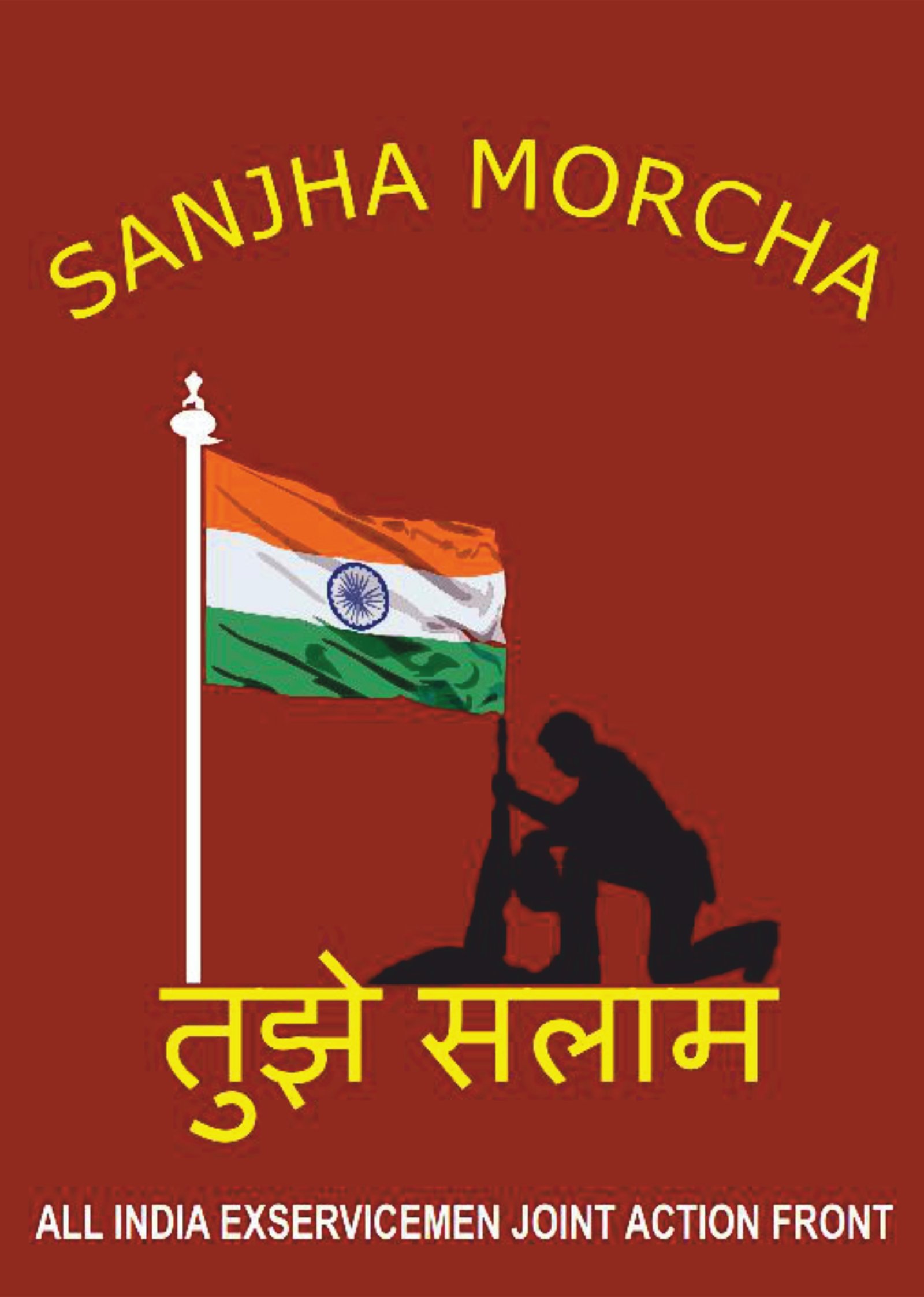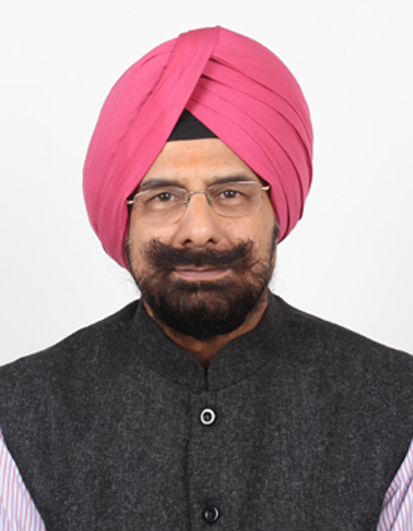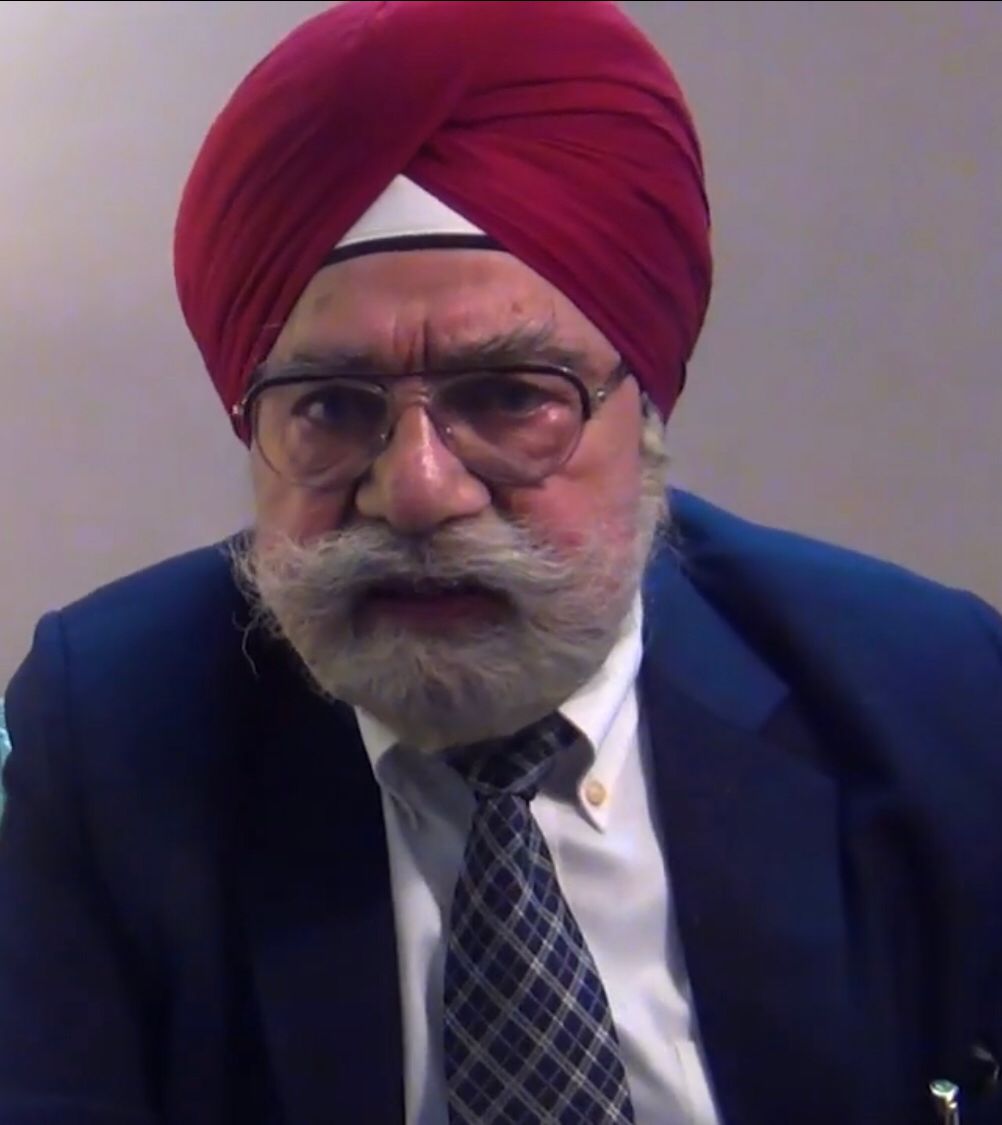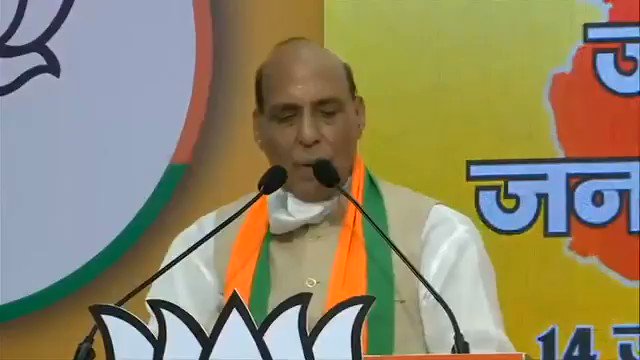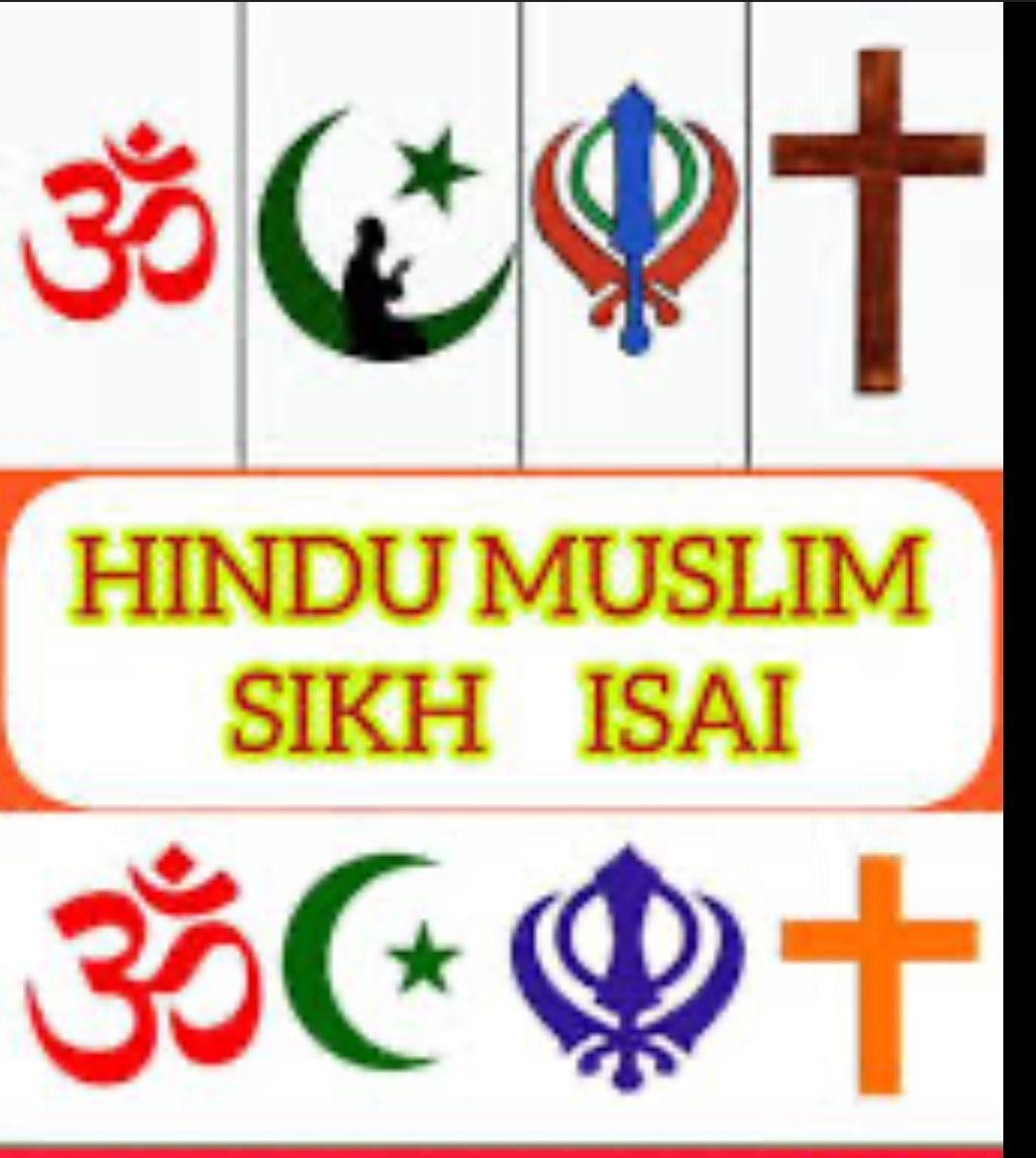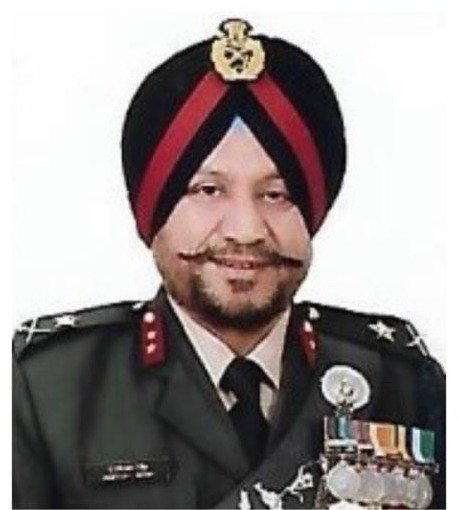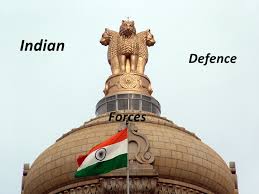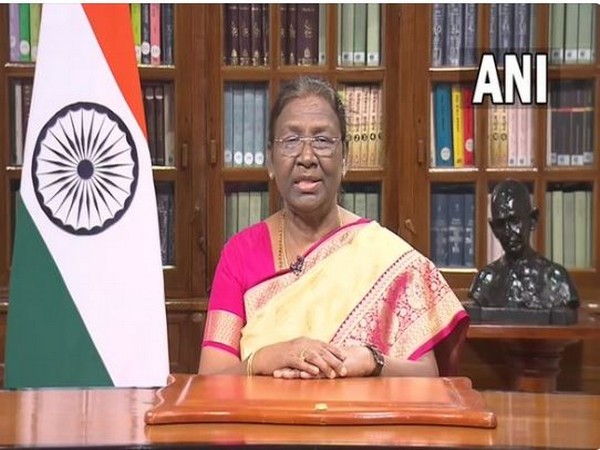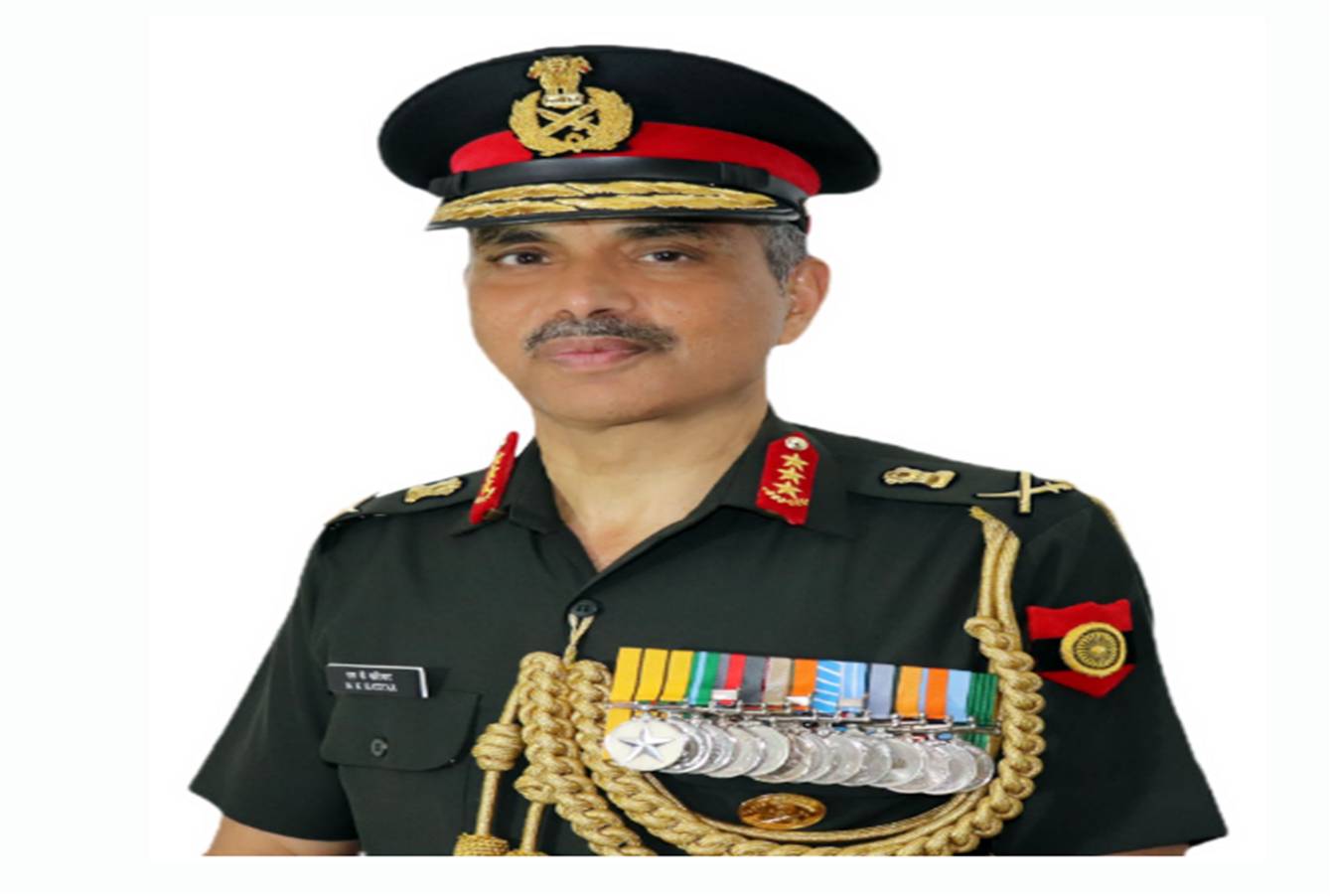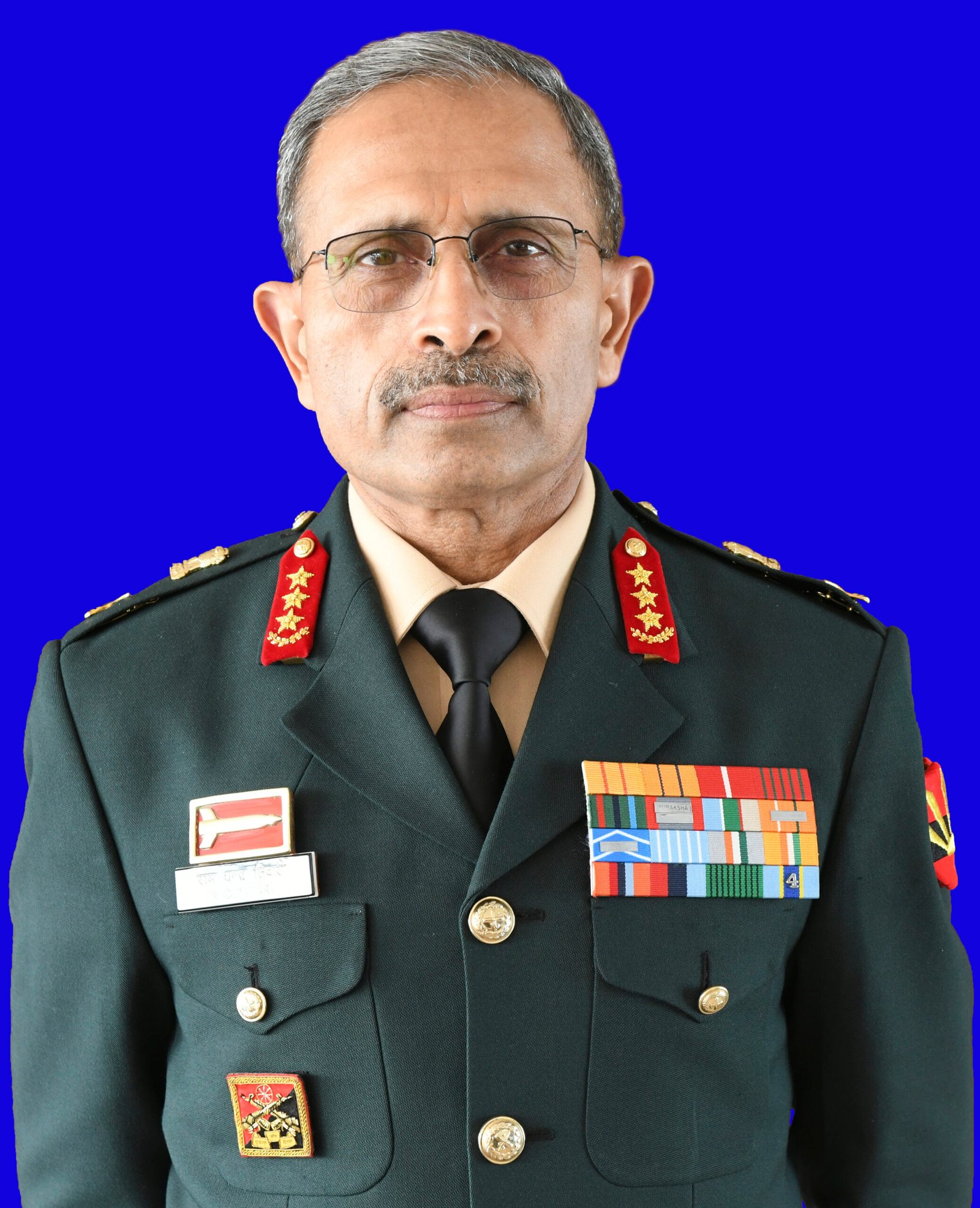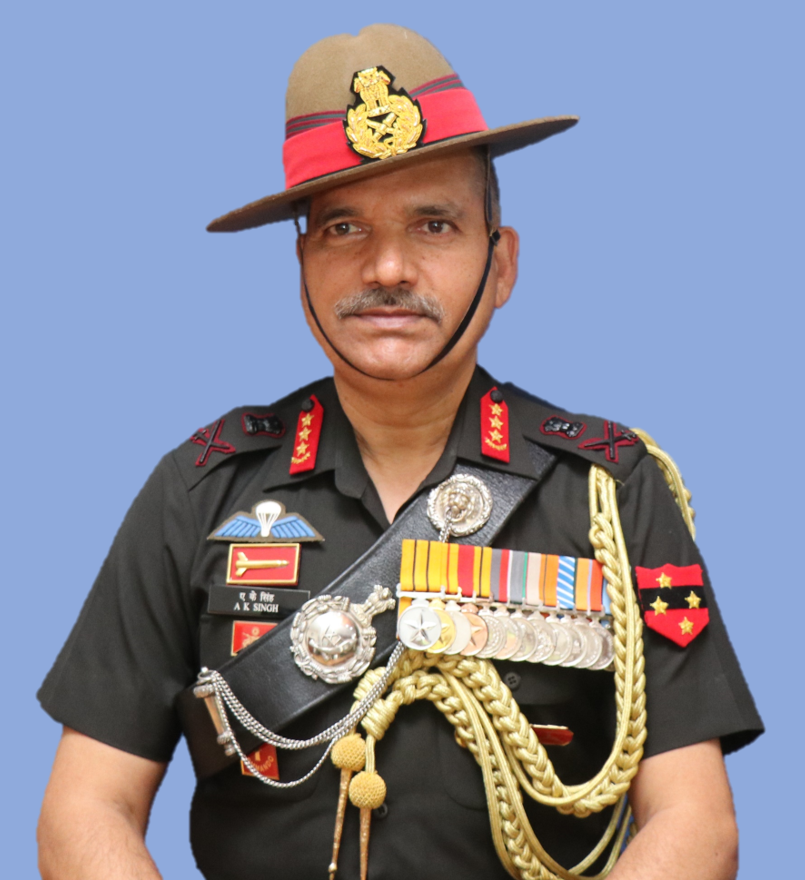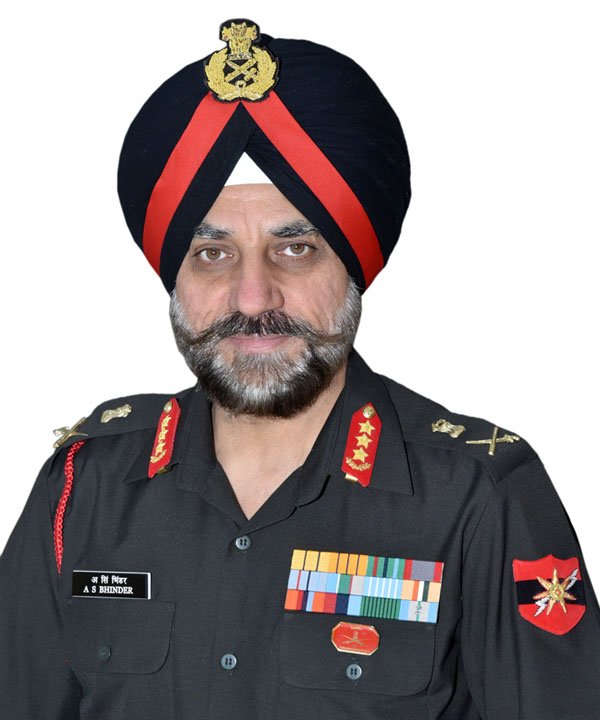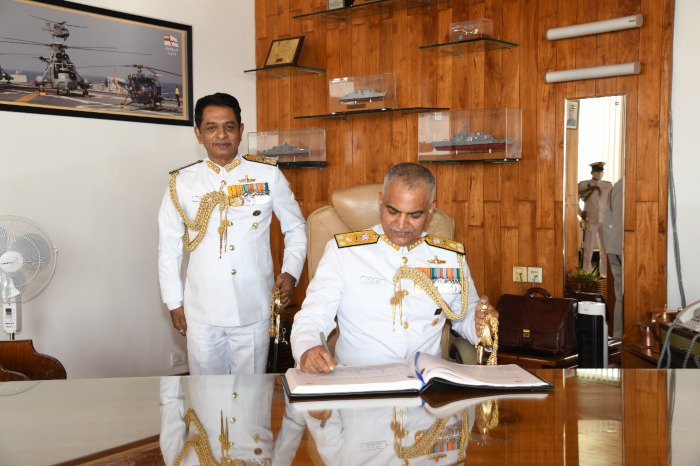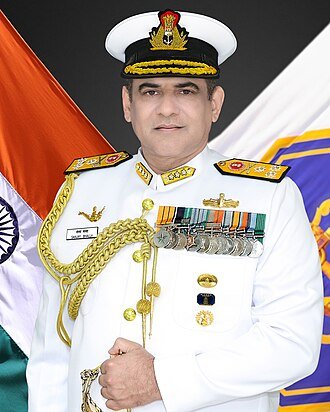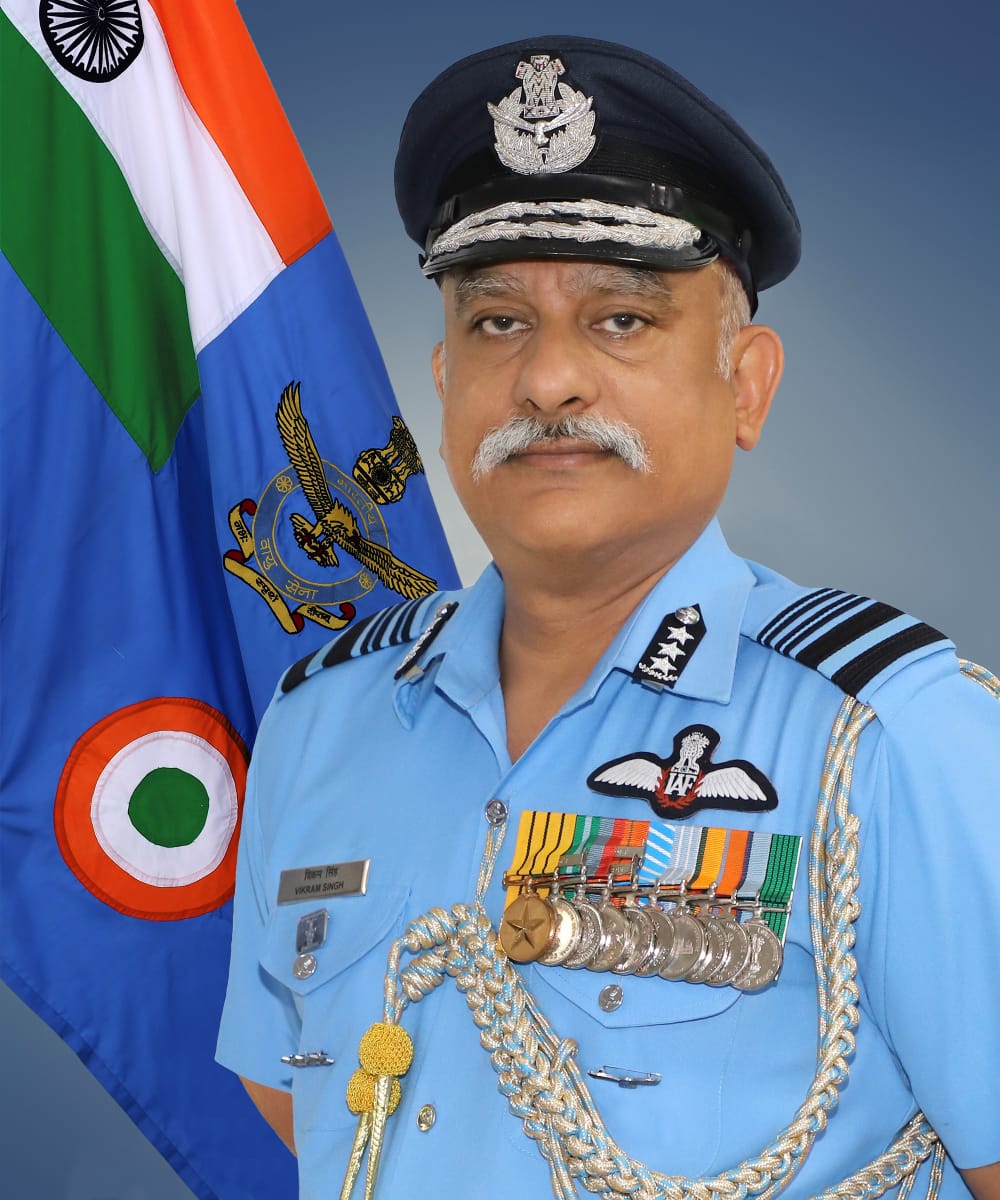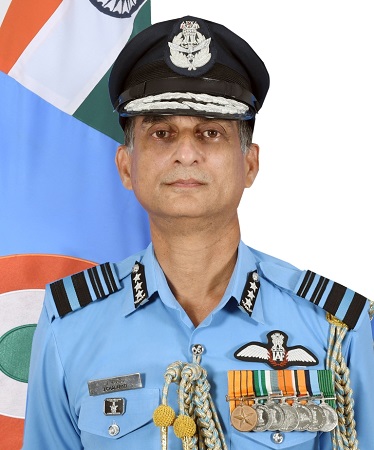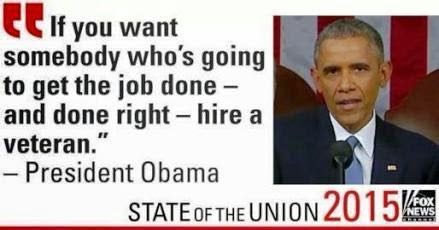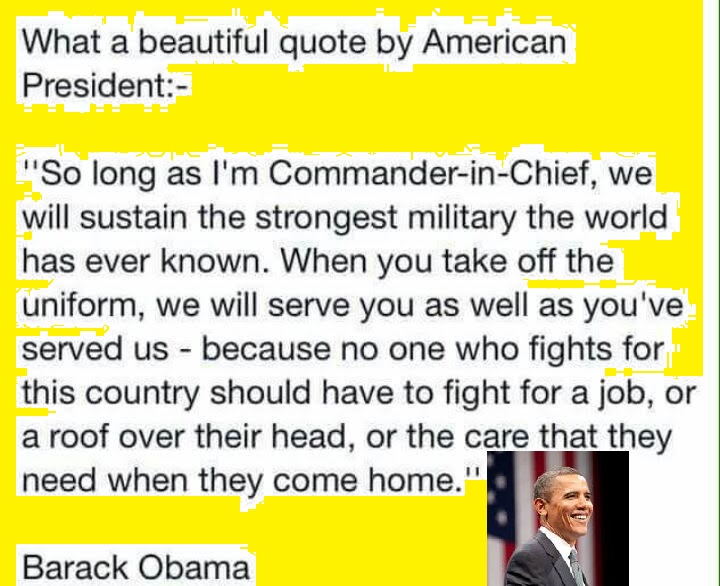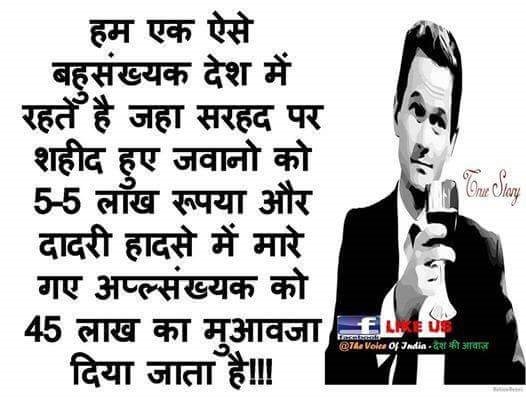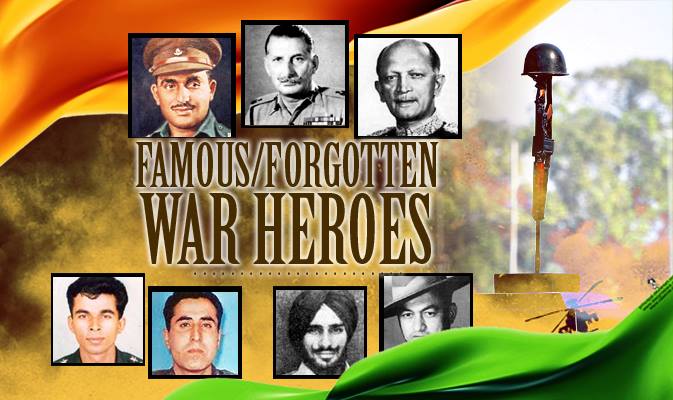ndia can live with the new map, though the dissonance will harm both countries, but hit Nepal hard. The cost of ultra-nationalism will be heavy. The principal beneficiary will be China. The hangover of India being rebuffed over Nepal’s new Constitution in 2015 and the economic blockade has not gone away.

Maj Gen Ashok K Mehta (retd)
Military commentator
Nepal’s new map became a reality on Saturday after its ratification by parliament as a Constitutional Amendment Bill. India had suggested that by crossing the red lines of issuing the new map and tabling the Bill in parliament, Nepal had closed the door on dialogue. Earlier, after Nepal Prime Minister KP Oli’s intemperate outburst in parliament about India on the border dispute, it had said that Nepal has to create the right ambience for talks, hinting at the shelving of the new map and the Bill and the lowering of the rhetoric. Still earlier, it informed Nepal that talks on the border dispute could be held after the Covid emergency.
By dragging its feet in providing a date for talks since last year when the border row re-erupted, New Delhi fuelled the rise of territorial nationalism which was exploited by Oli in salvaging his political career, assisted copiously by China’s overreach in the once-off limits: Nepal’s domestic politics. The ground reality is that India and Nepal, after 26 years of negotiations, have resolved 98 per cent of the border issues, except Susta and Kalapani.
India missed not once, not twice, but thrice, the opportunity to break the ice and shift protests from the streets and parliament to the negotiating table. On at least two occasions — in November-December 2019 and March 2020 — while in Nepal, I witnessed demonstrable anti-India sentiment and critique of New Delhi’s protracted silence over Kalapani.
What triggered the recent wave of protests among the media, public and political elite in Nepal was first, the publication on November 2, 2019, by the Survey of India, of a new political map — eighth edition — after the change of status of J&K followed by the ninth edition on November 8. The boundary delineation in both maps was similar, except that from the November 8 map, the Kali river’s name was deleted. In a radio interview with me, Nepal’s renowned radio-TV journalist Rishi Dhamala pointed this out. This was reason enough for a highly emotional border issue to blow up. After the map misstep, Nepal asked for foreign secretary-level talks — sent three notes on November 20 and 22 and December 30 — but, according to Kathmandu, got no response from India.
Second, even as the offending map issue was simmering, Defence Minister Rajnath Singh, on May 8, virtually inaugurated the blacktop road connecting the pilgrimage route to Kailash Mansarovar and ancient trading point with China with Lipulekh Pass, claimed by Nepal as part of the disputed triangle of territory consisting of Limpiyadhura, Lipulekh Pass and Kalapani.
India should have let sleeping dogs lie, even though the road has been under construction for more than a decade and Nepal never objected to it. The road threw a lifeline to an embattled Oli, cornered by his party for misgovernance, political excesses and arrogance. His SOS on May Day to China ensured he retained his party and government’s leadership. On May 11, Nepal issued a diplomatic note on the road to Ambassador Vinay Kwatra in Kathmandu and a similar note to the MEA in New Delhi. According to Nepal, diplomatic notes were not acknowledged. India did respond later, saying that talks could be held after the Covid emergency. A tele-conversation between the foreign secretaries was necessary to cool tempers while formalising formal dates for talks.
Last November, Oli said Nepal would not issue its own map. But on December 13, his Minister for Land Management and Cooperative, Padma Aryal, stated that Nepal would publish a new map. That should have alerted New Delhi. The last chance for India to stall Nepal’s new map and the CA Bill — and possibly pre-empt both — was between May 19 and 31.
According to the Nepalese media, PM Narendra Modi was expected to call Oli on May 19, but due to his preoccupation, the conversation did not materialise. The next day, the map was released, endorsed by an all-party meeting on May 26 and tabled in parliament on May 31. The Bill sailed through parliament two days ago with an unprecedented unanimity, including the 34 votes of the new Janata Samajwadi Party of the predominantly Madhesi lawmakers.
During these developments, India had noted Nepal’s cartographic aggression and artificial map, unilaterally altering status quo, pending talks. India has reiterated that it deeply values its civilisational, cultural and friendly relations with Nepal, adding that it has kept the border open for emergency supplies and provided 25 tonnes of medicines to Nepal.
Canada-based Nepali thinker Naresh Koirala has said that history will tell whether Nepal’s new map was an effective strategy to resolve the border dispute or a gamble with long-term consequences for India-Nepal ties. The trust deficit, already low, could sink irretrievably. The unique army-to-army relations will take a hit as will the pro-India ex-servicemen’s community, which is being sniped at by their fellow folks. The Army chiefs of India and Nepal are honorary generals in each other’s armies and India has been the first responder in Nepal’s political and national emergencies.
The remarks of General MM Naravane were not helpful though he later sounded conciliatory. Nearly 40,000 Gorkha soldiers have fought India’s wars and won gallantry awards, sacrificing their lives for India’s sovereignty. The open border and special privileges to Nepali citizens in India may unravel. The long-touted special relationship, that vanished decades ago, because New Delhi failed to recognise the arrival of the post-civil war new Nepal, globalised Nepali and nationalistic political leadership, markedly leaning towards China. Given the fractured opposition, the ruling Nepal Communist Party is in a commanding position till the 2023 elections.
India can live with the new map, though the dissonance will harm both countries, but hit Nepal hard. The cost of ultra-nationalism will be heavy and the principal beneficiary, China. The hangover of India being rebuffed over Nepal’s new Constitution in 2015 and economic blockade has not gone away. Still, history will also judge whether India could have prevented what turned out to be a fait accompli. Perhaps, a phone call from Modi, who won the hearts and minds of the Nepalese in 2014, to Oli, may have saved the day.


